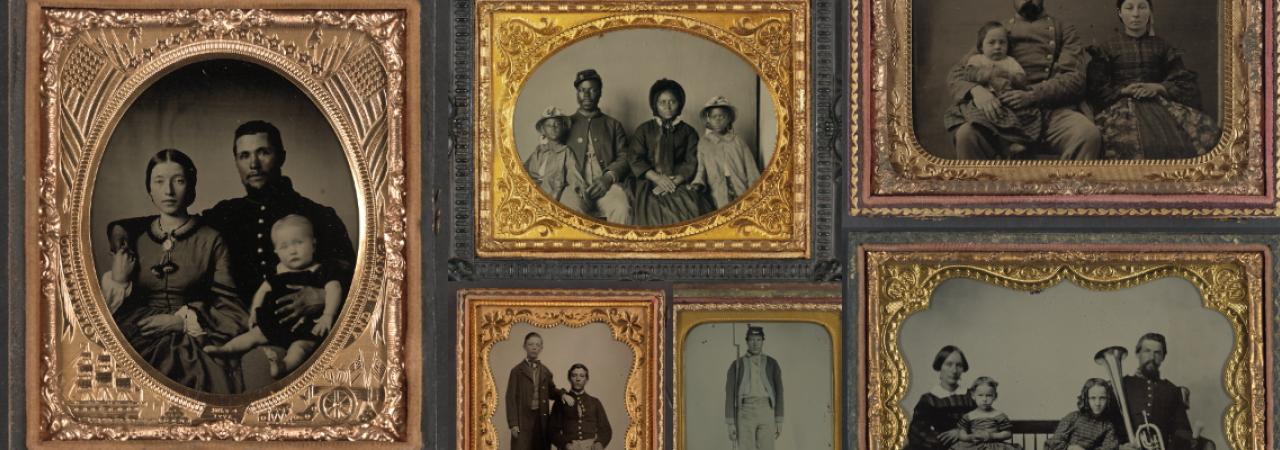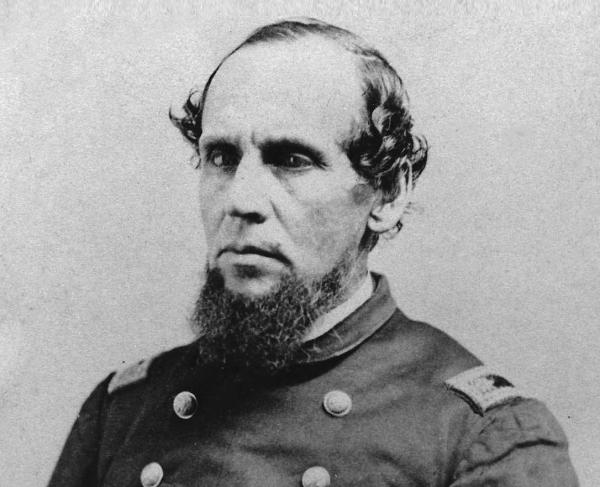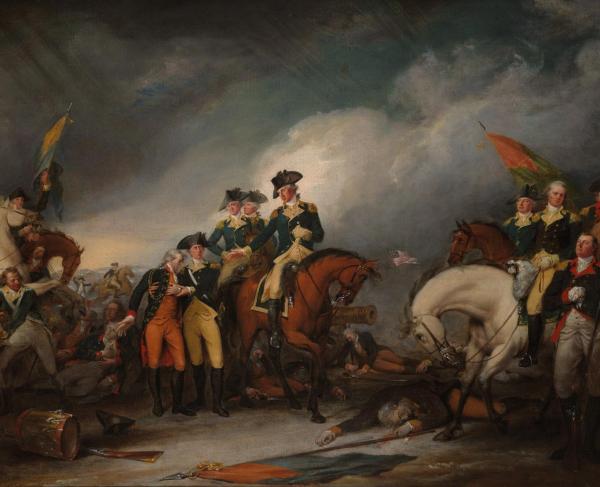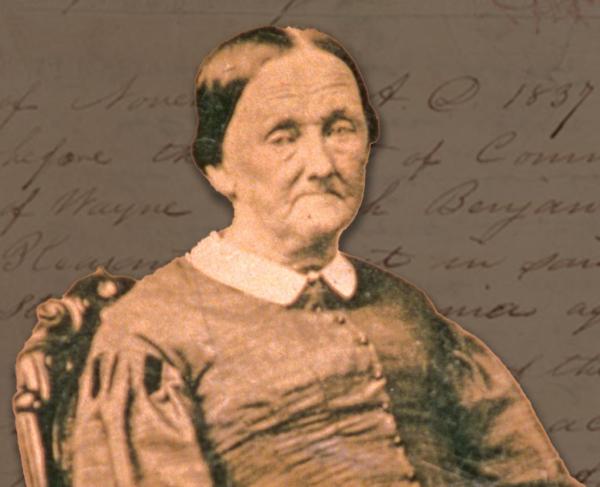
Civil War Portraits from the Liljenquist Family Collection.
Library of Congress
With old, handwritten documents, long-blurred lines between fact and fiction, and websites asking for money, ancestor research can seem a daunting task. Taken systematically, however, you can solve your familial puzzle with relative ease and at little or no expense. Just follow these three steps:
1) Find a name and place of residence
- Secure what information is already known and use it. Does a relative have a family tree? Ask family members whether they ever heard of an ancestor who was in America during the Civil War.
- If you cannot find a specific name, start with a grandparent’s name — or name from an existing family tree — and work back from there, generation by generation.
- Obituaries (sometimes available on line) often include parents’ names.
- Census records include parents' and siblings' names, plus helpful clues such as hometowns, occupations, physical appearances or spousal information which can be used as touchstones.
- Search census records on Ancestry.com. Free trials are available.
- National Archives facilities and other major libraries often have free Ancestry subscriptions.
- Note: Be careful in your research to make sure your line is unbroken, you don’t want to end up with a non-relative!
- Continue working backwards. Once you’ve found a man who would have been of military age during the Civil War (15-45 between the years 1861-1865), you’re ready to move on to the next step.
2) Find a Civil War connection
- Uncover the basic record of name, side, company, unit.
- Use the National Park Service’s free Civil War Soldiers and Sailors System and enter your ancestor’s information.
- You may also create an account at civilwardata.com (for a small fee) which might provide you with information that the Soldiers and Sailors database does not cover.
- You might get more than one similar match from a database. Be sure to use the information you’ve gleaned from your census records to narrow the field based on age, place of residence, and any other defining criteria that apply.
3) Learn more about your ancestor's wartime experiences
- Learn about the unit (regiment, battery, legion) in which your ancestor served.
- If you identified your soldier on a database, click on the hyper-linked name of the regiment to learn more.
- Do a Google search and, if needed, a Google books search at books.google.com, for your ancestor’s unit and see what comes up.
- Find scanned copies of muster rolls, hospital records, enlistment papers, and more. These documents will help you nail down where they were and when, accounting for absences.
- Start a free trial on Fold3.com and enter your ancestor’s information.
- On civilwardata.com, search for your ancestor's unit to study its combat history.
- Nail down your ancestor's "place" in the Civil War.
- Google search the unit name and number with “order of battle” and the name of a battle where the unit fought. You might find the army organizational chart for that battle.
- Go to the American Battlefield Trust relevant battlefield and maps pages and look for your ancestor’s unit on maps and in articles. You might be able to identify the very acres on which your ancestor fought!
- Discovering your family’s past can help foster a deep connection with historical events that would otherwise seem distant and impersonal. Armed with basic information, you can now find more books to learn more about your ancestor’s wartime role, visit battlefields and other historic sites to walk in their footsteps — and share what you learn with friends and family!


